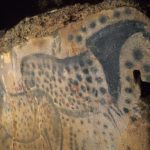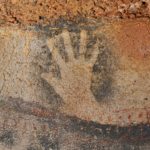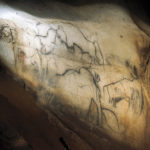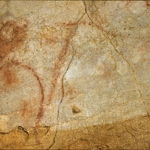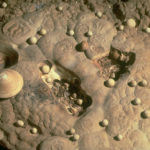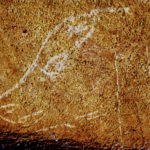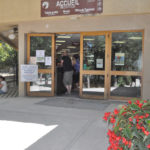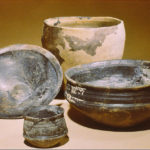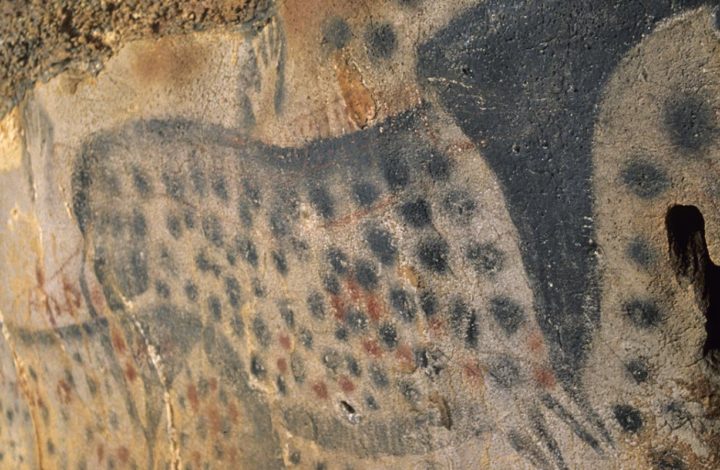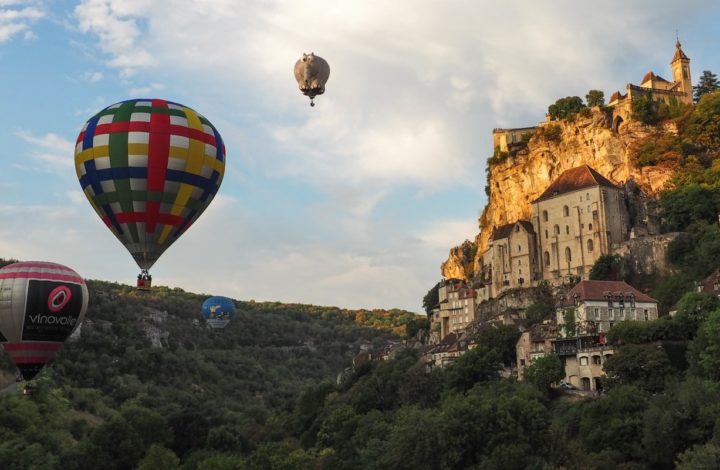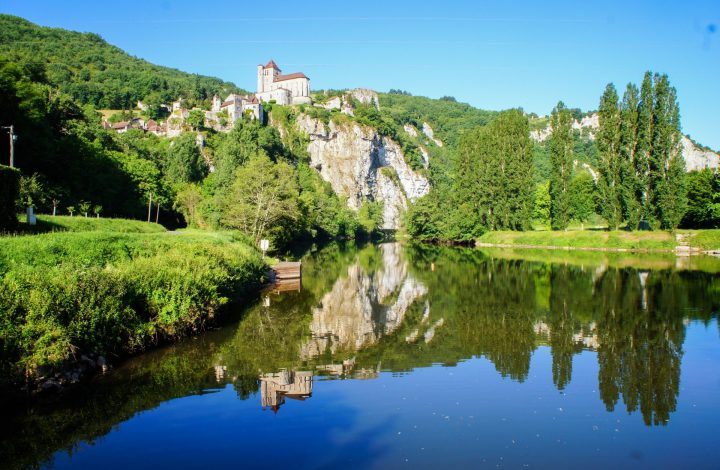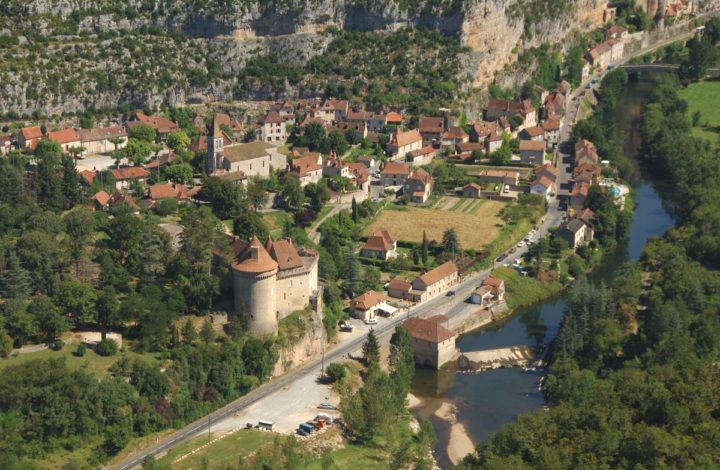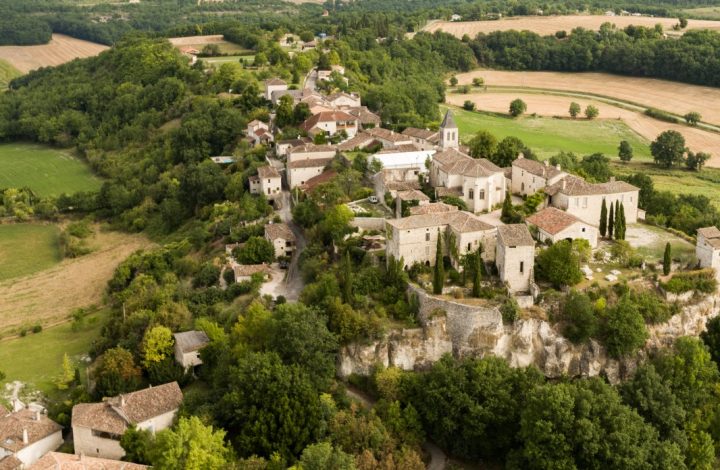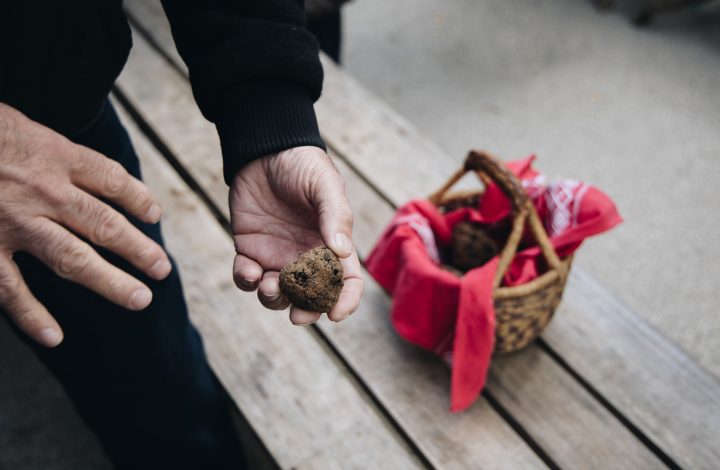

Pech Merle cave & Prehistory Museum in Cabrerets
Pech Merle cave in photos
Please note: we strongly advise you to plan your trip in advance. online booking on the Pech Merle cave website.
The Grotte de Pech Merle is located in the same village as our gîtes in Cabrerets ! You can get there on foot in 30 minutes (1.8 km, but beware of the steep climb) or by car in 5 minutes.
The Pech Merle cave and its intact prehistoric treasure trove
There are many prehistoric cave paintings around the world, but what makes the Pech Merle cave so special is that some of its paintings have remained intact for over 20,000 years.
The Pech Merle cave overlooks the Sagne and Célé valleys above Cabrerets. It was first discovered by a group of four children in 1922. They came across an opening in the hill (called "Pech" in Occitan).
The cave would have remained unknown to everyone for more than 10,000 years, before being discovered only a hundred years ago. This late discovery may well have led to the unprecedented conservation of its impressive rock paintings.
However, it is said that a refractory priest was hiding at Pech Merle or igue David (named after the owners of the land) during the French Revolution, and that he was supplied by parishioners from Cabrerets.
An impressive list of cave paintings
The Pech Merle cave is extremely rich in cave art, including more than 700 painted or engraved representations. The vast majority of signsThey also include animal figures, human or para-human, and so-called negative hands (the colour was blown out using the hand as a stencil).
The hand has thus remained an emblem that you will find on wooden panels dotted around the village, telling you all about the history of Cabrerets.
Cave art that has evolved over thousands of years
A documentary film is shown before you even enter the Pech Merle cave. It retraces the scientific study of the cave paintings found at Pech Merle, their main characteristics and the reasons for their discovery. various techniques employed.
Michel Lorblanchetthe great Lot prehistorian, world-renowned for his study of cave paintings, studied the Pech Merle caveand deduced that it had crossed three major artistic phases :
- the archaic phaseThe "Combel", with its punctuated horses and hand-drawn markings, dates from around 25,000 BC.
- the middle phaseIt is present in black friezes and other digital tracings, the dating of which remains undetermined;
- the recent phasewith engravings attributed to the Magdalenian period around 14,000 BC.
Three episodes of human occupation of the Pech Merle cave have been confirmed by analysing the pollens found in the silt in the cave. However, these three phases were separated by long periods of abandonment.
The secrets revealed by the floor of the Pech Merle cave
The floor of the cave bears precious witness to the history of the area. The following have been found 12 fossilised footprints which has been attributed to an adolescent. Other valuable discoveries include tools with flintthe charcoal and reindeer bones.
However, Michel Lorblanchet has established that the cave was not used as a permanent dwelling, and thatit was only visited sporadically.
The prehistory centre: Amédée Lemozi Museum
Located right next to the Pech Merle cave, the regional museum of prehistory Amédée Lemozi invites you on a fantastic journey to the heart of the ancient history of mankind.
Discover some 350,000 years of occupation of the Quercy region through all kinds of magnificent artefacts, including Neolithic or Bronze Age potteryor that Paleolithic and Neolithic hunting tools and weapons.
An exhibition also presents reproduction of cave paintings present in the Pech Merle cave, as well as in the dozen or so surrounding caves that are closed to the public.

